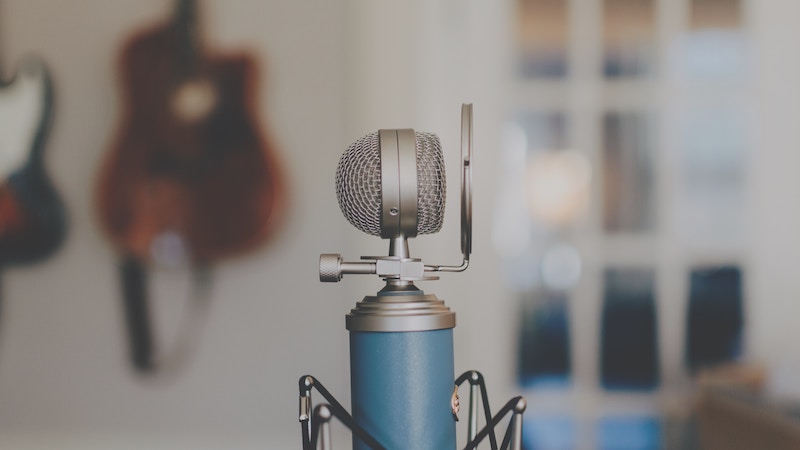Harnessing Vocal Power
Episode #5 of the course Conquer fear of public speaking by Dr. Paul Harrison
Do you ever get a dry mouth and throat while presenting? Ever noticed how belting out a hearty song in the shower can make you feel more relaxed? As usual, there’s a scientific explanation for these phenomena.
One of the functions of the parasympathetic nervous system is to control the salivary glands of the mouth. So, a side effect of us going into “fight or flight” is that there is less saliva produced. On the other hand, practicing vocal work, like singing, stimulates the glossopharyngeal nerve at the back of the throat, which as you may have guessed, is an important component of the parasympathetic nervous system. This nerve runs close to the vagus, which also plays a major role in taking us back to “rest and digest,” working as a balancing force against anxiety and calming our nerves (the fear of public speaking is called glossophobia, which hints at the linked root of the terms).
We can take advantage of this effect by practicing vocal warm-up techniques prior to presenting, which has the added advantage of improving vocal clarity and power and adding richer, deeper tones to our voices.
Important: Do not use too much power or volume at the start of the warm-up, as this will exhaust and potentially damage your voice. Start at 40-50% volume, and gradually work your way up to speaking volume before projecting the voice.
Gentle Warm-Ups
First, we’ll imitate (or activate) a yawn. Yawning is a gentle way of opening the jaw and loosening it, so repeat your “yawn” a few times.
Take a deep breath to the abdomen, as we practiced earlier. Now we’ll try humming. Hum in as low a key as feels comfortable, and hum so you can feel a vibration or tickle in the front of your lips.
Now take it up a note, keeping that tingle in the lips. If you know scales, work your way through them. If not, aim to hum at least a few different pitches, warming up the different areas of the throat.
I’d Like to Buy a Vowel!
Next, we’ll try some vowel work. Start by going through the vowel sounds—A, E, I, O, U—but take a deep breath first and over-emphasize the sound, so as to use as much of the mouth as possible. You should feel this at the back of the jaw. Make sure to use your whole mouth. Run through the vowels twice.
After that, put the tip of your tongue on the roof of your mouth, and go through the vowel sounds again, but this time, keep the tip of the tongue pressed into the roof of the mouth. This activates the muscles at the back of the mouth and jaw and will sound pretty strange! Don’t worry, that’s normal. Again, run through the vowels twice.
Glosso-strengthening
The next exercise feels a little freaky, but it’s super effective at activating and strengthening the jaw and tongue, adding power to your vocal performance and calming you through the glossopharyngeal nerve.
Open your mouth nice and wide, and place your finger on your chin, resting your fingertip on the tip (or dimple) of your chin. Hold this pose. Now we’re going to attempt a scale without utilizing our jaws; that is, there should be no motion, no opening or closing of the jaw as you normally would when speaking. But just to ratchet up the challenge (you’re up to it), we’re going to do our scale using a particular phrase made of two sounds:
• The first sound is “La.”
• The second sound is “Ga.”
Your scale should be comprised of nine syllables, alternating “la” and “ga” like so: “la ga la ga la ga la ga laaaaaaaa.” That’s one round, or about four seconds. Follow the scale up as far as is comfortable.
You can vary which parts of the mouth and throat are engaged by changing the sound and position of the tongue. A common variant is the “Ta, Ya” scale, with the tongue pressed into the roof of the mouth. This forces the lower front of the mouth and jaw into action.
Don’t miss the next lesson, where we’ll be looking at preparing for our speech!
Recommended book
The Quick and Easy Way to Effective Speaking by Dale Carnegie
Share with friends

